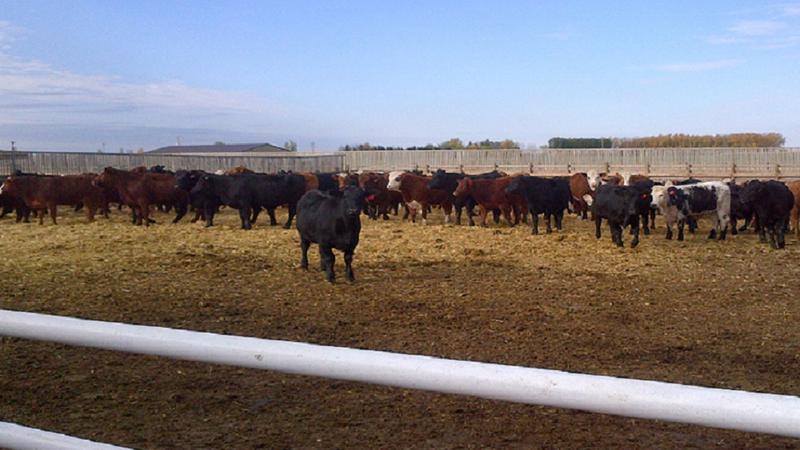
Expensive cattle feed a concern for ranchers
MEDICINE HAT, AB. — Rancher Darren Lutz has 275 cows to feed and the current cost of hay is causing him some concern.
“One week I saw it at $355, the next week it was $450 and these prices are just not relevant to the cattle business,” Lutz said.
This cost is around double what it was last year and something not economically feasible for ranchers.
CanFax, an agriculture service that analyzes anything to do with Canadian cattle markets, says feedlots are dealing with a similar problem.


